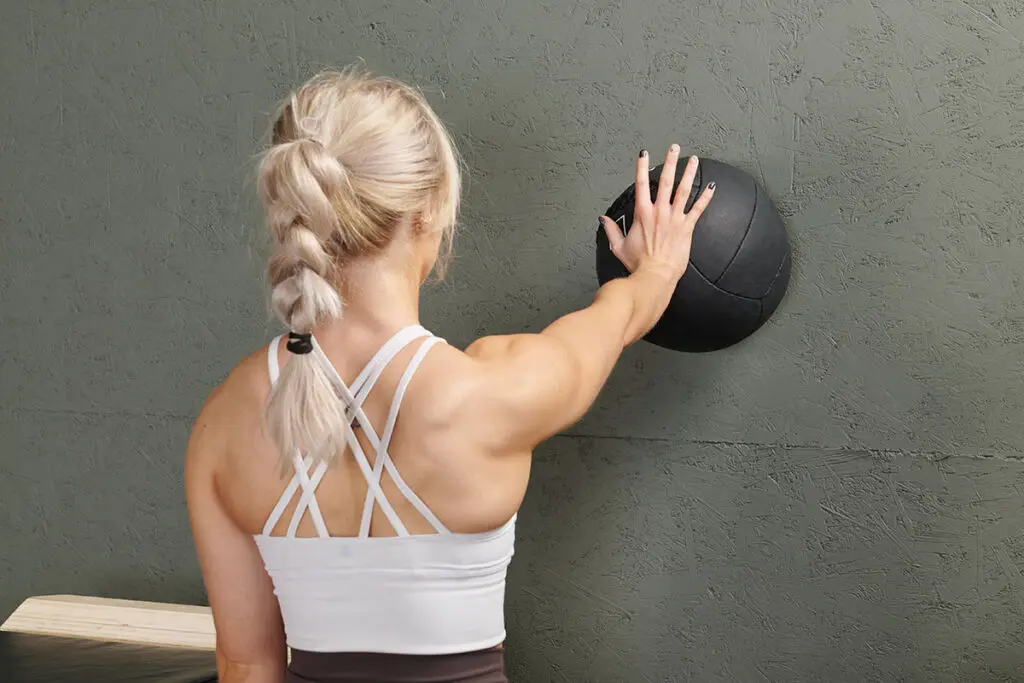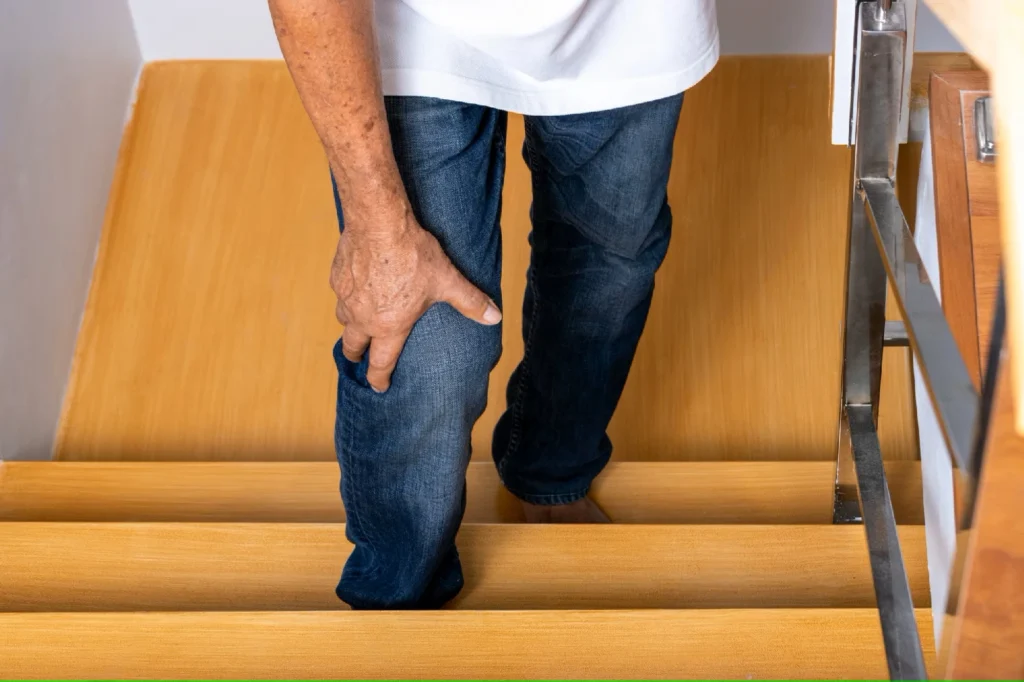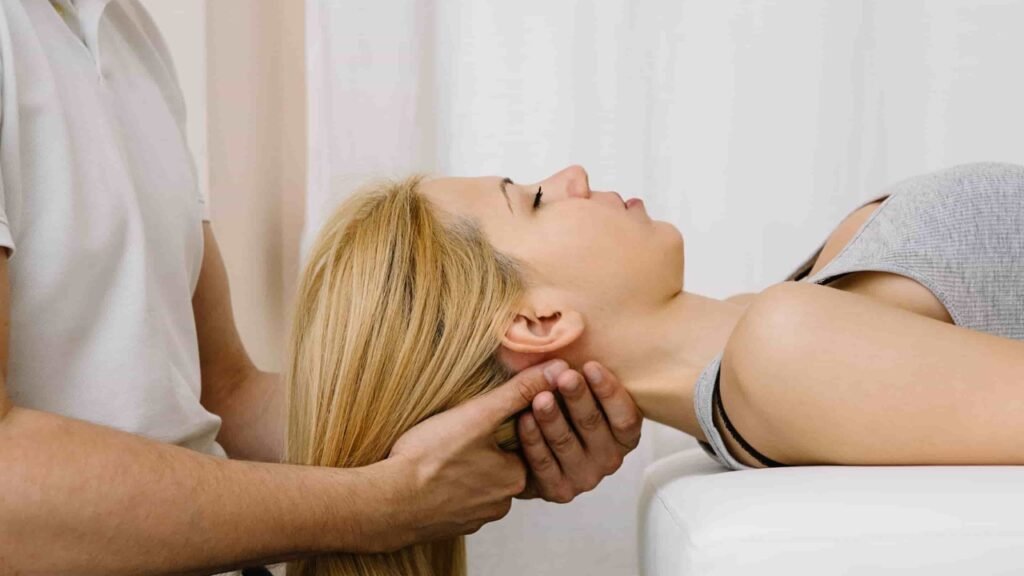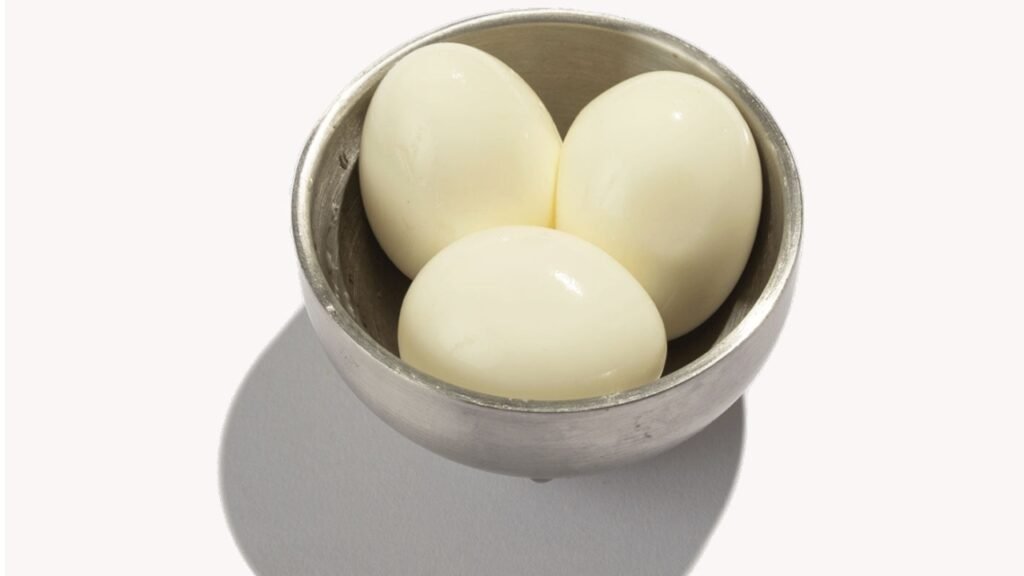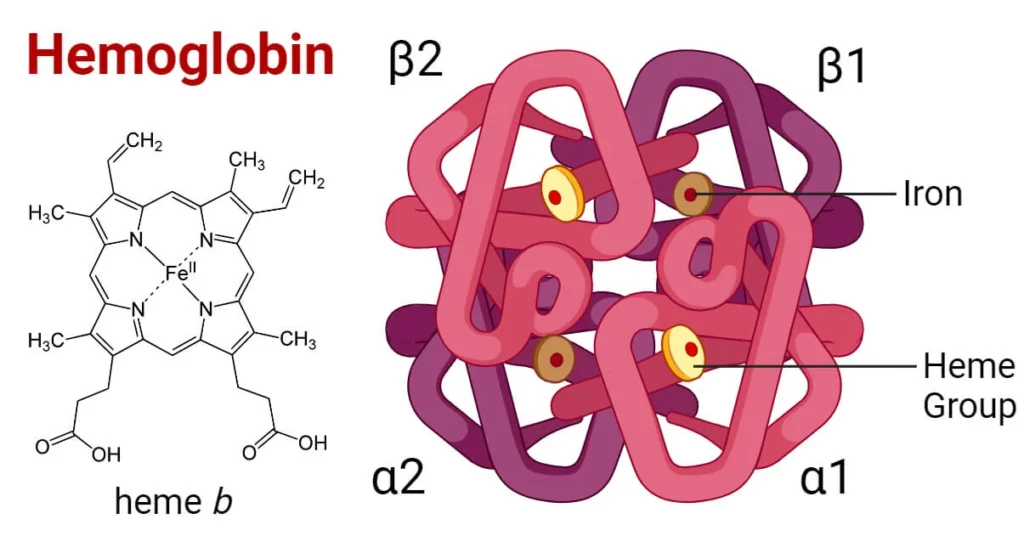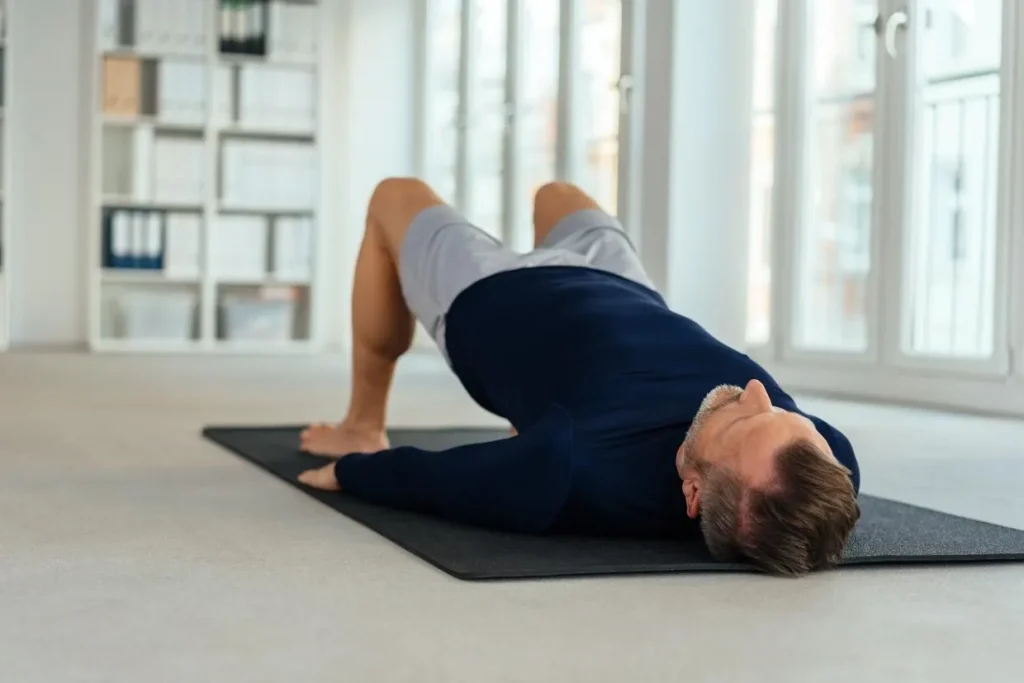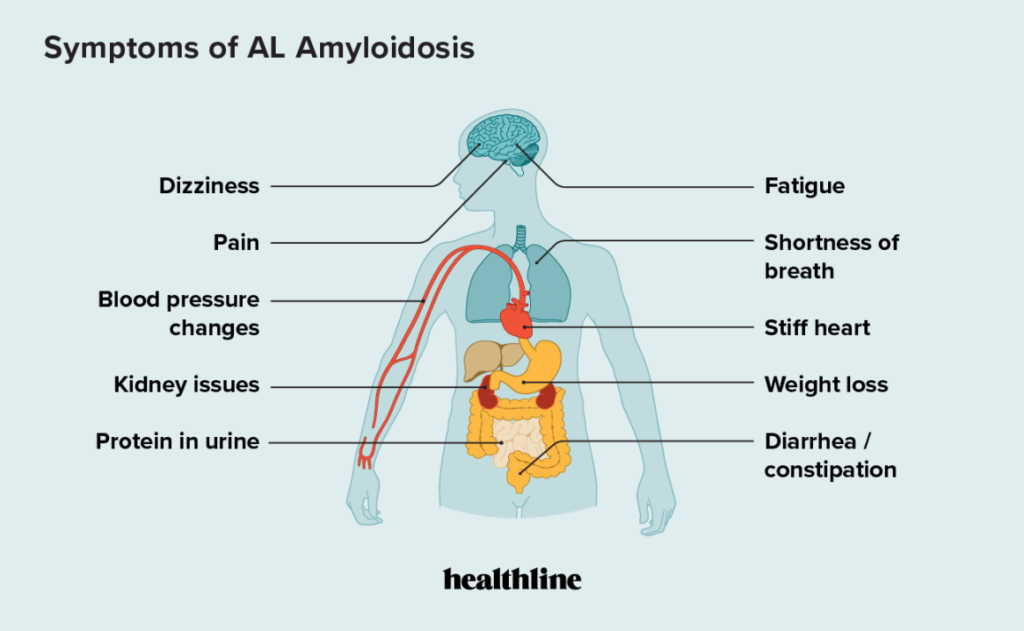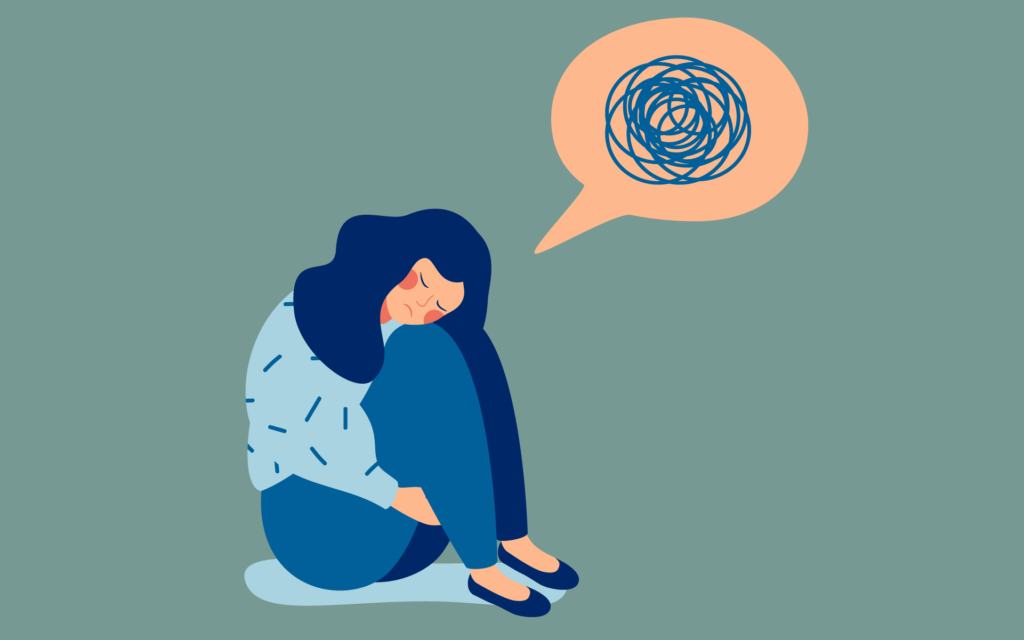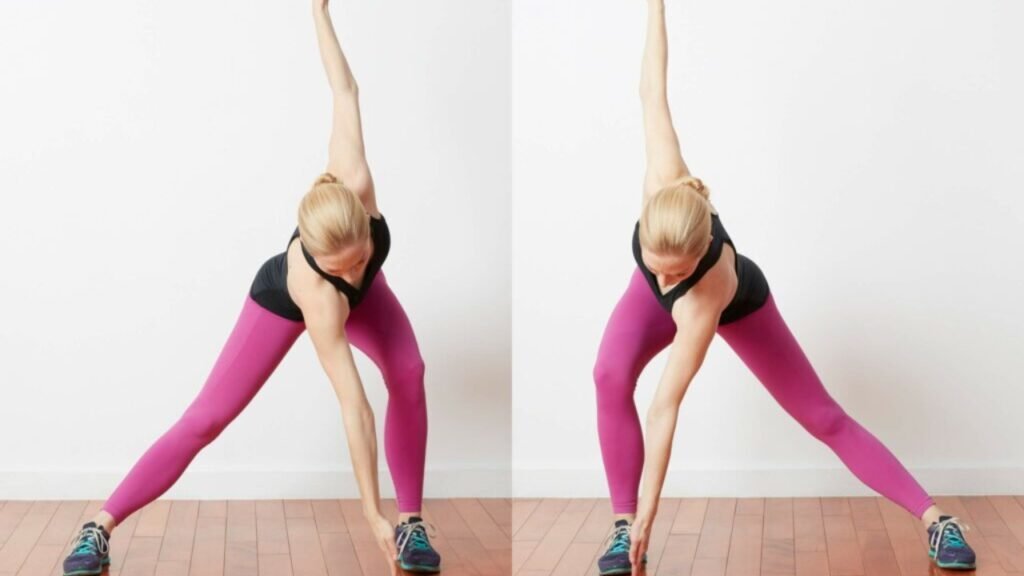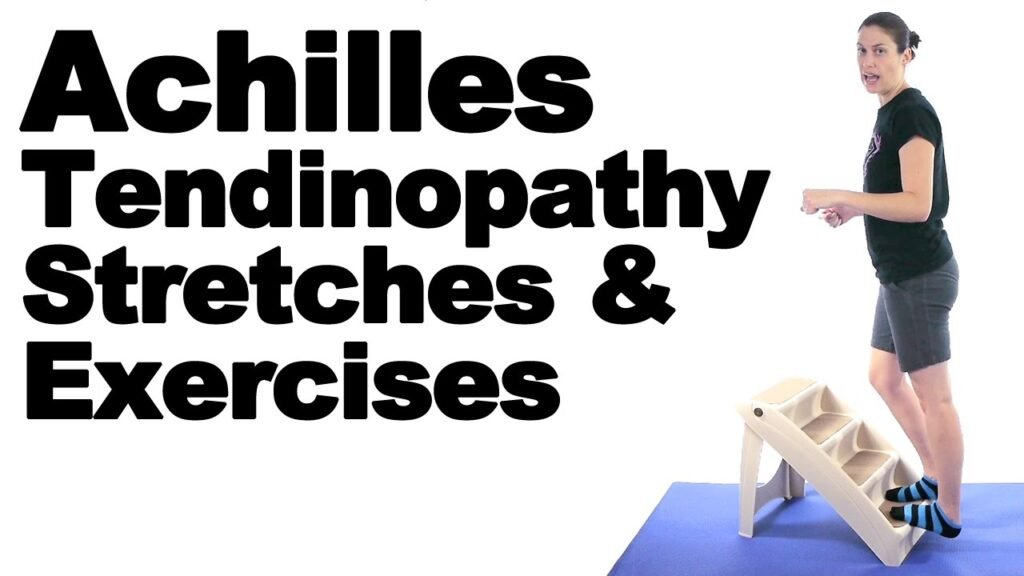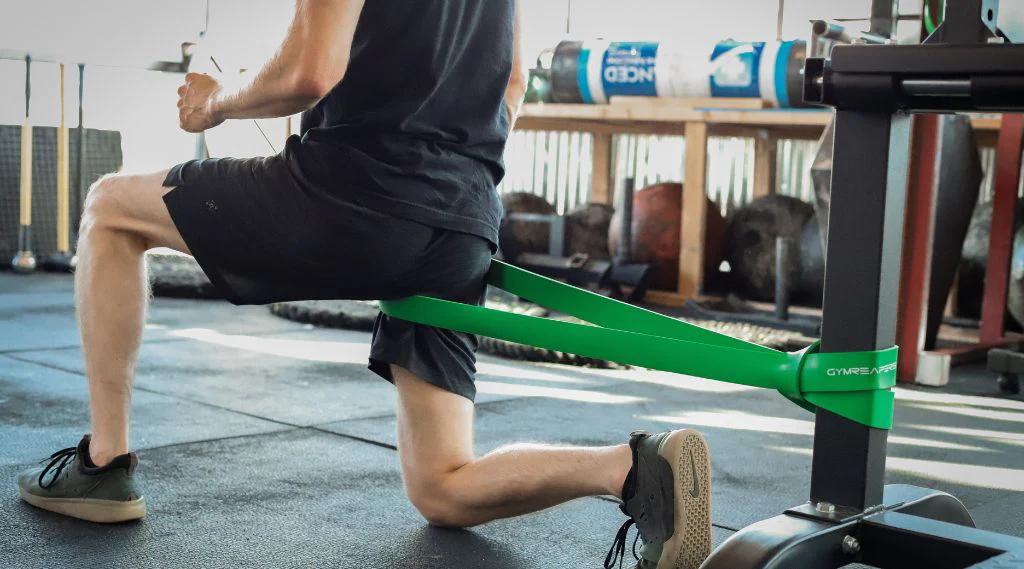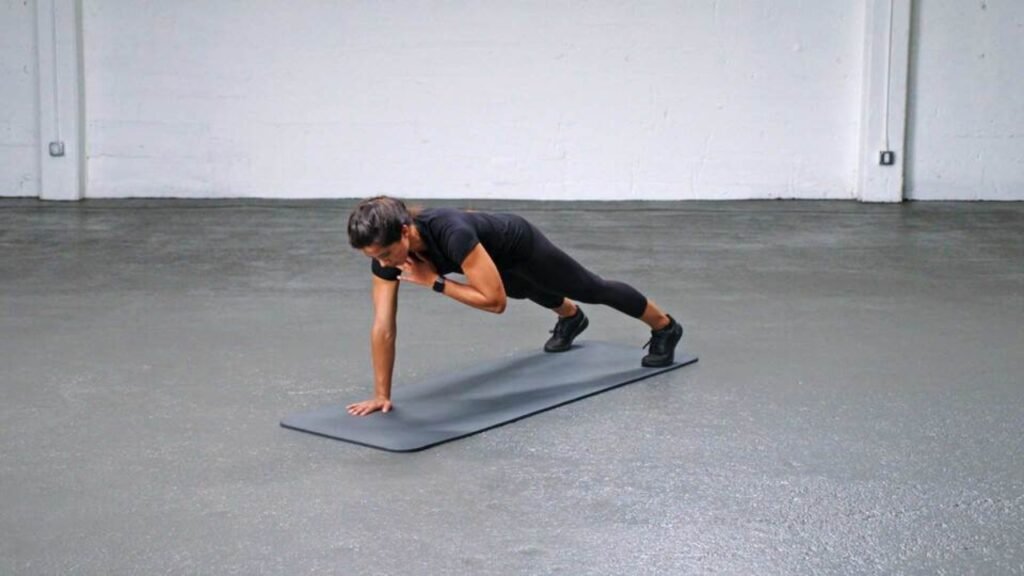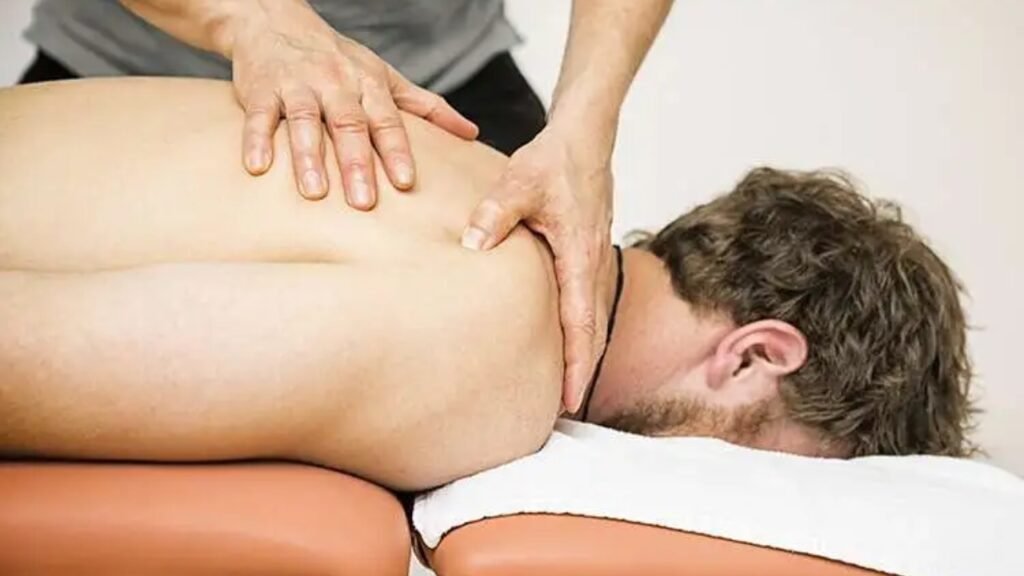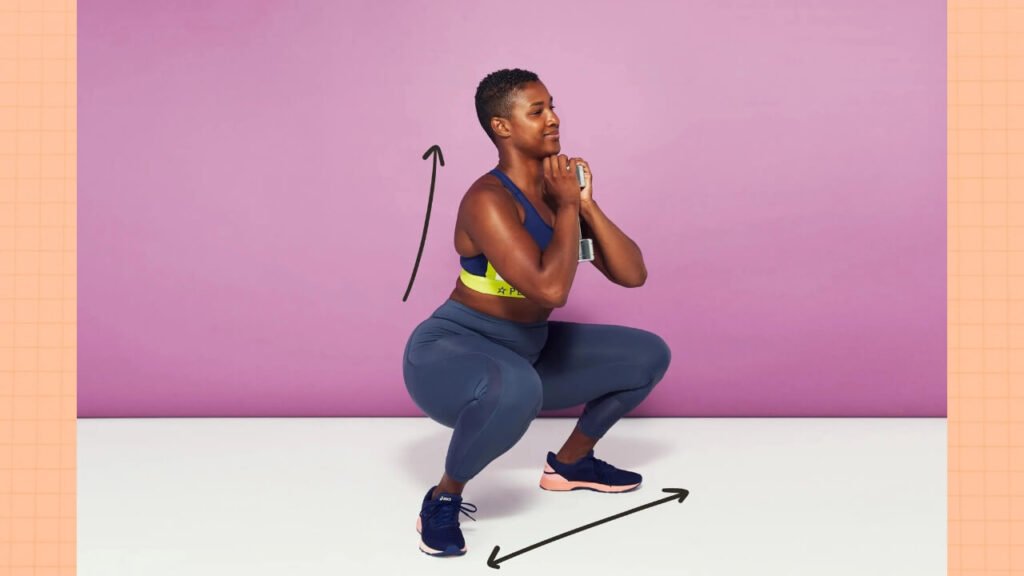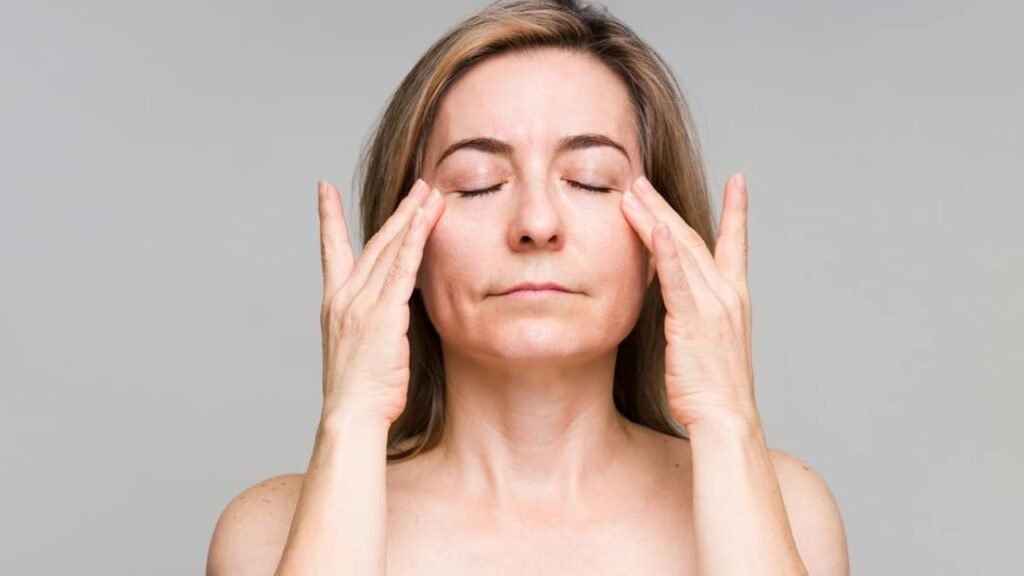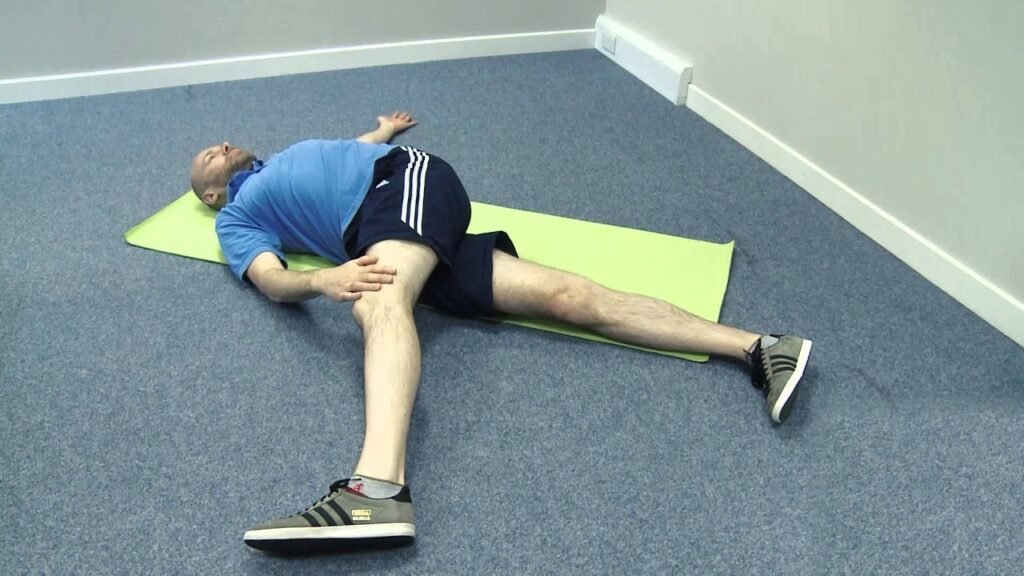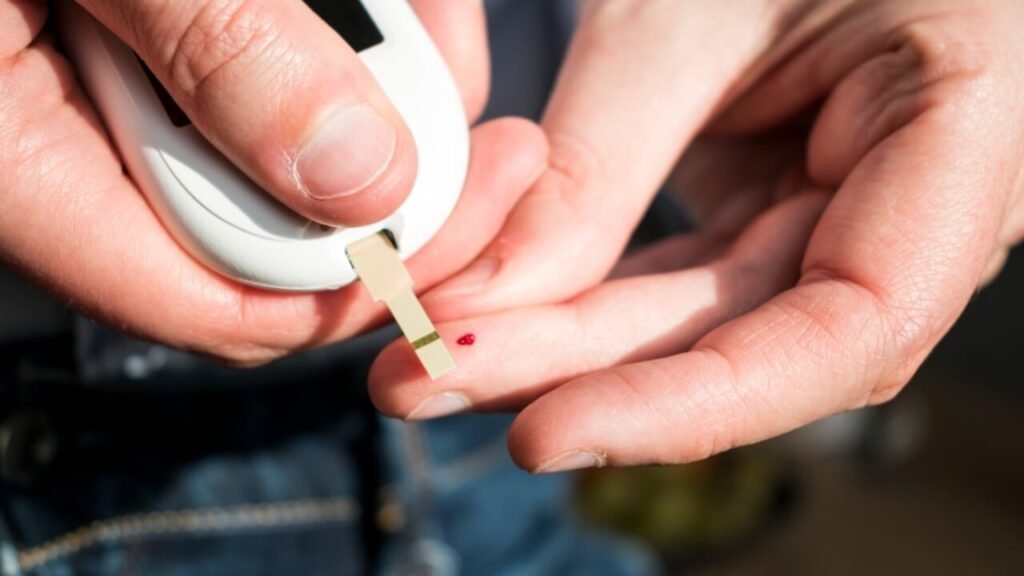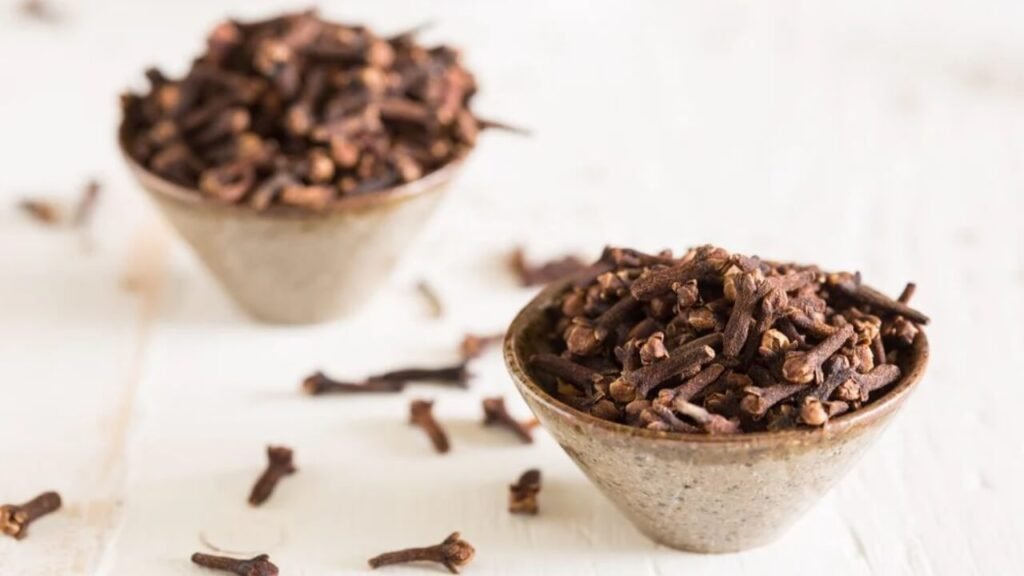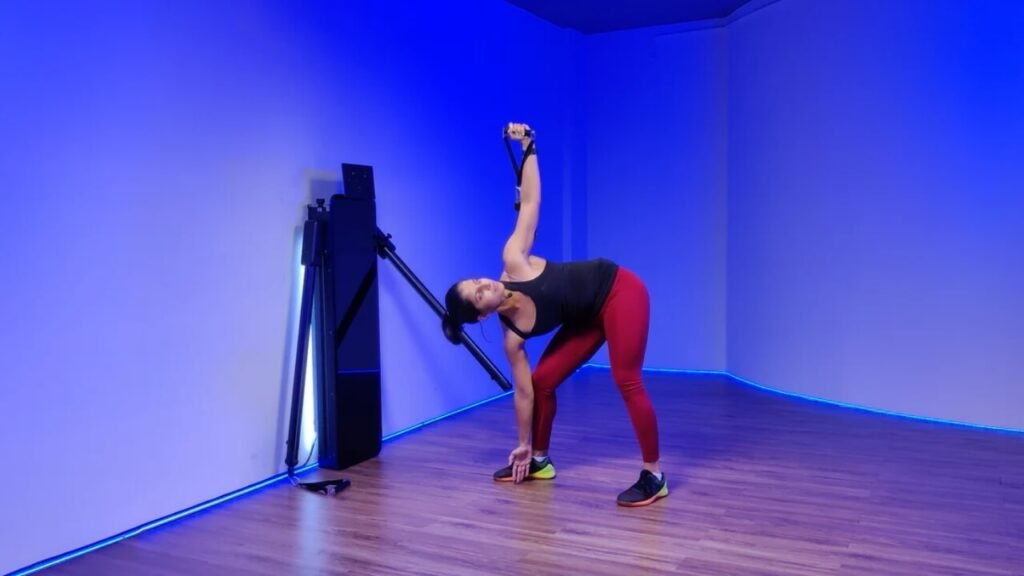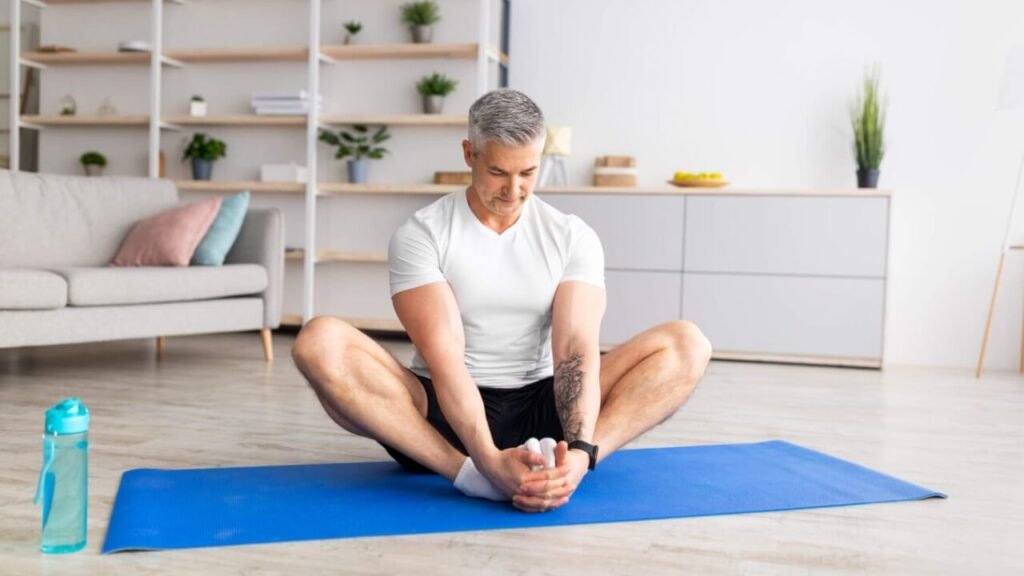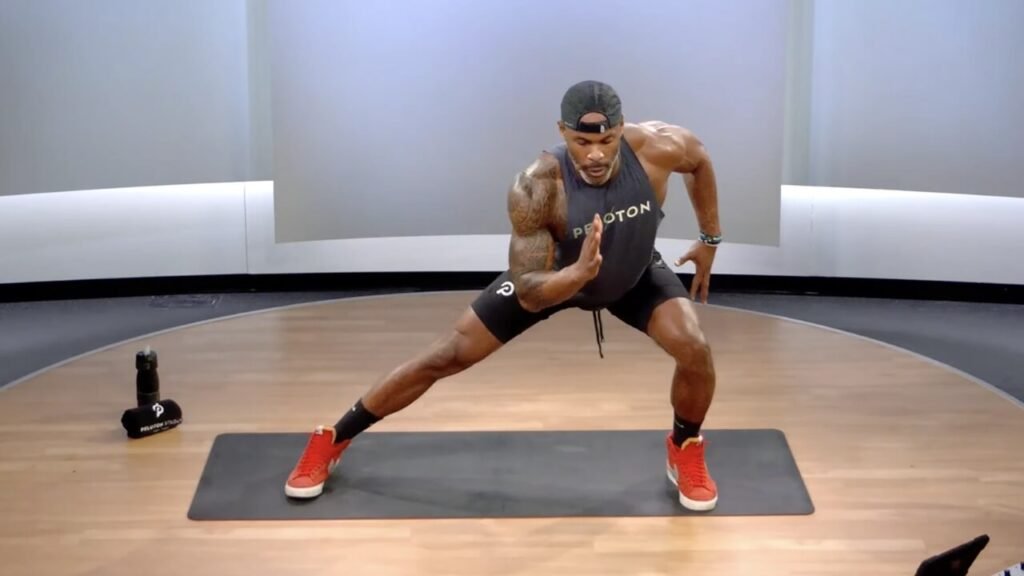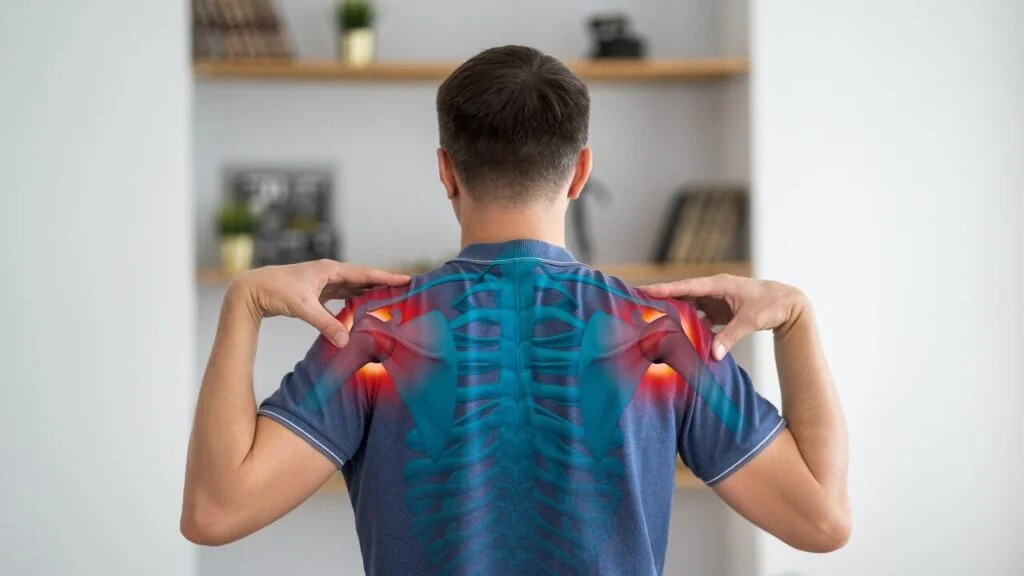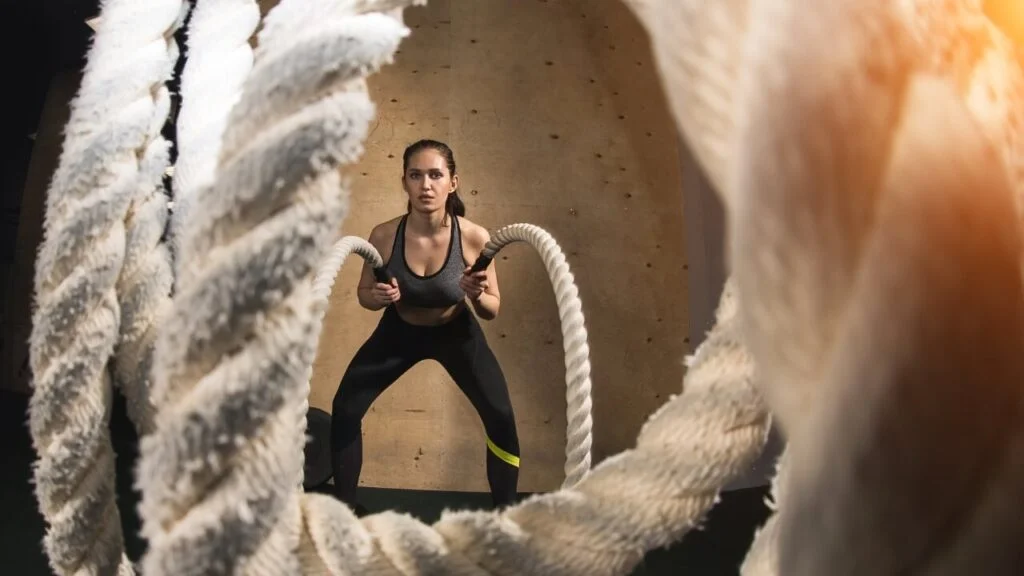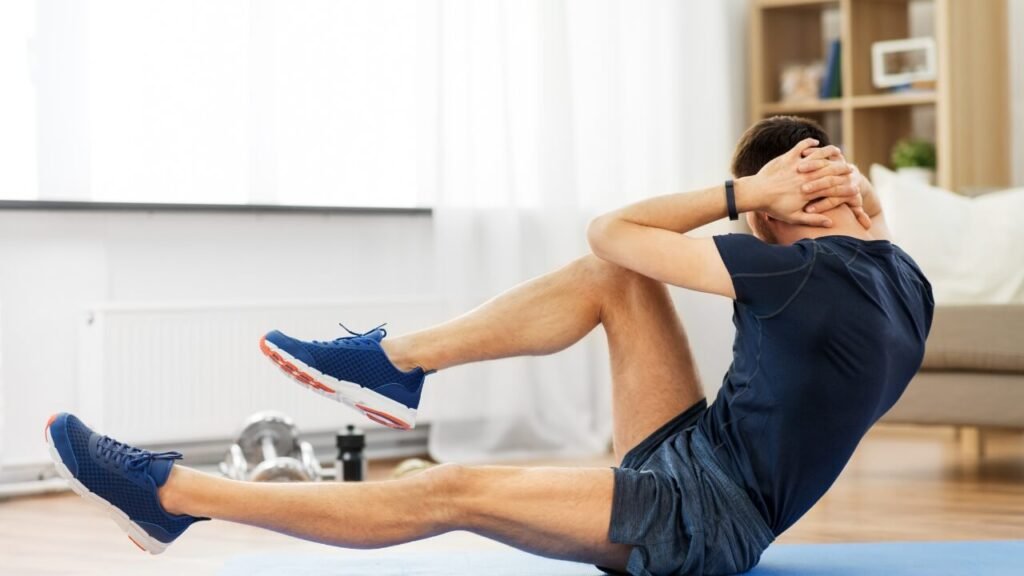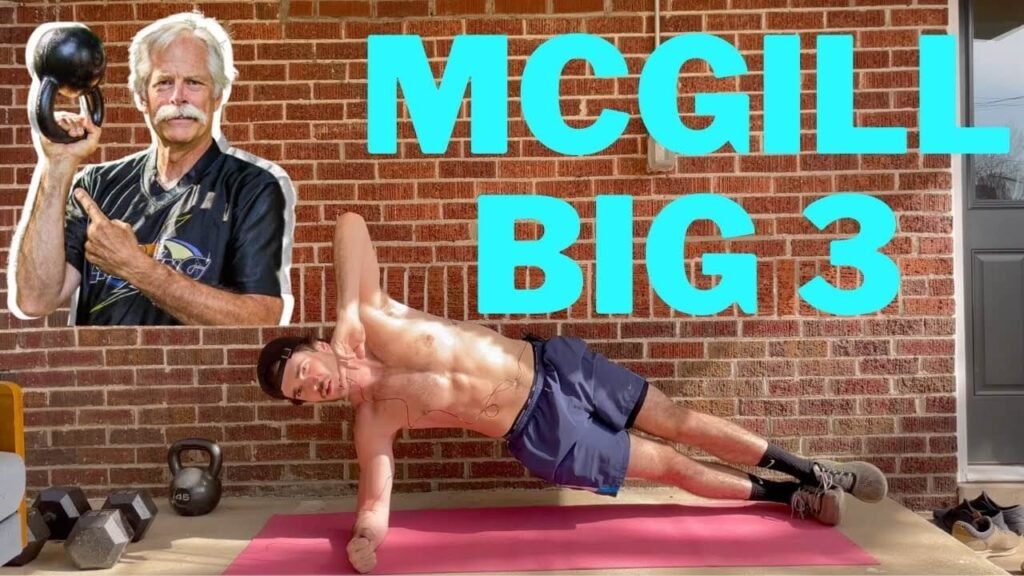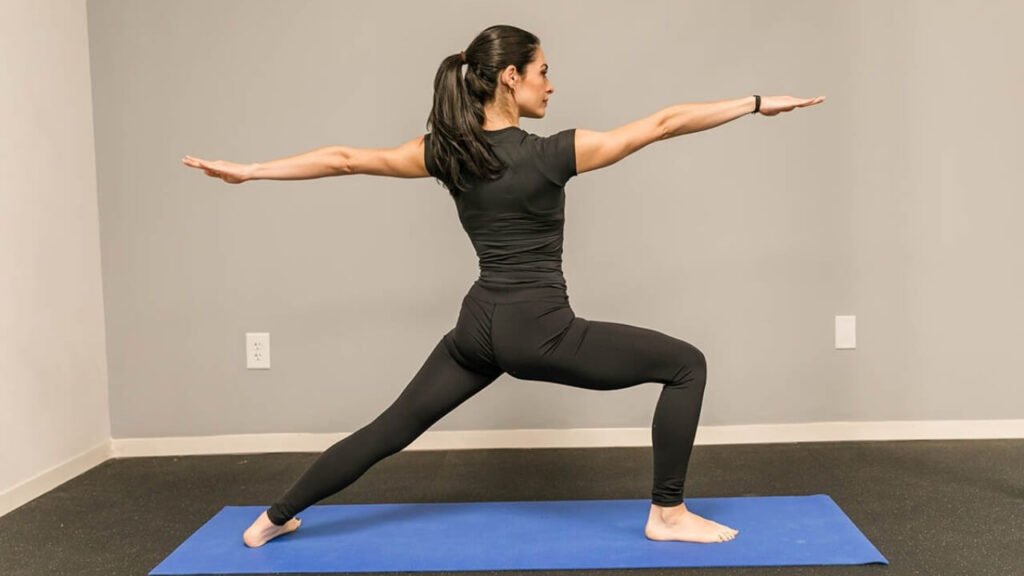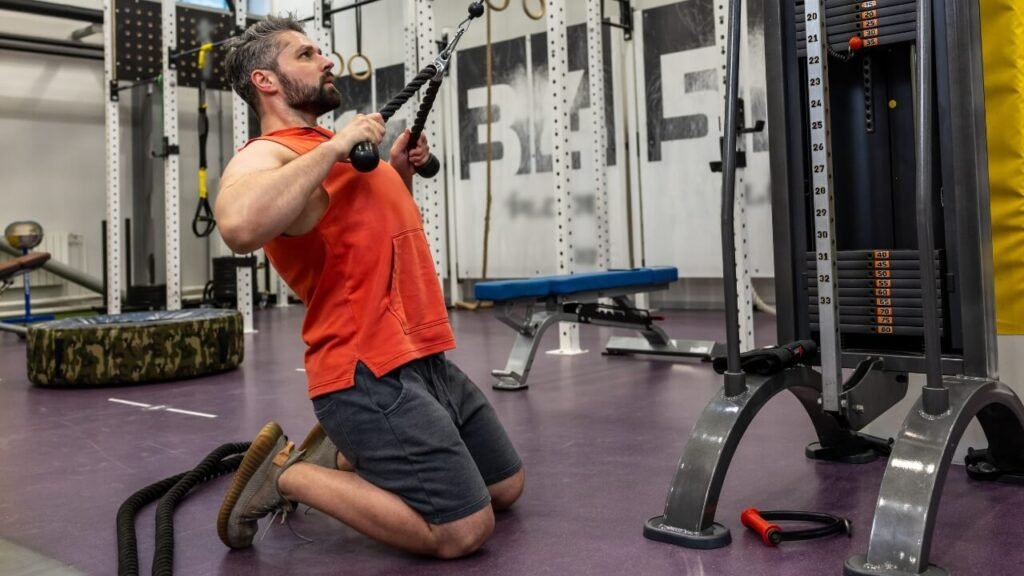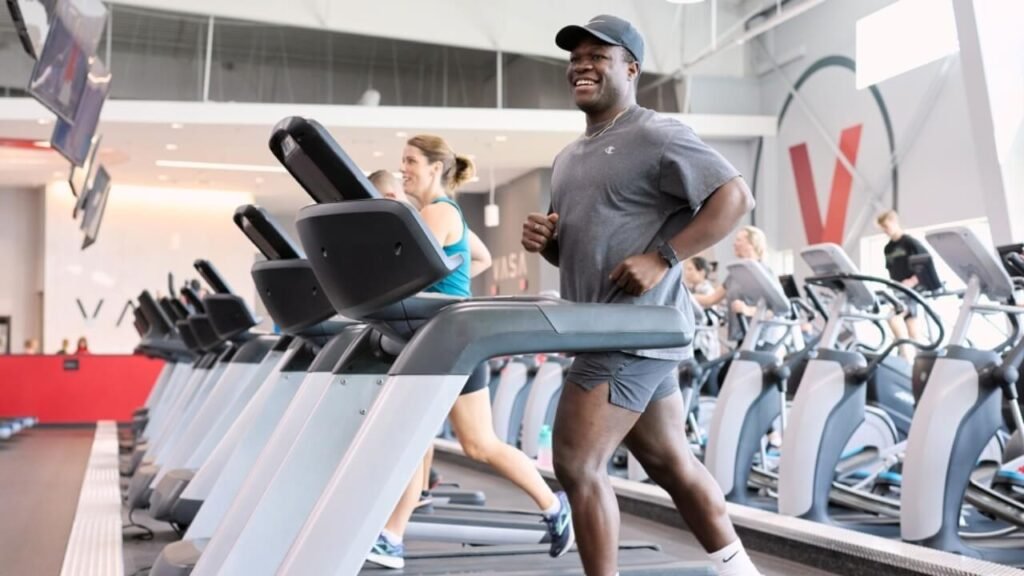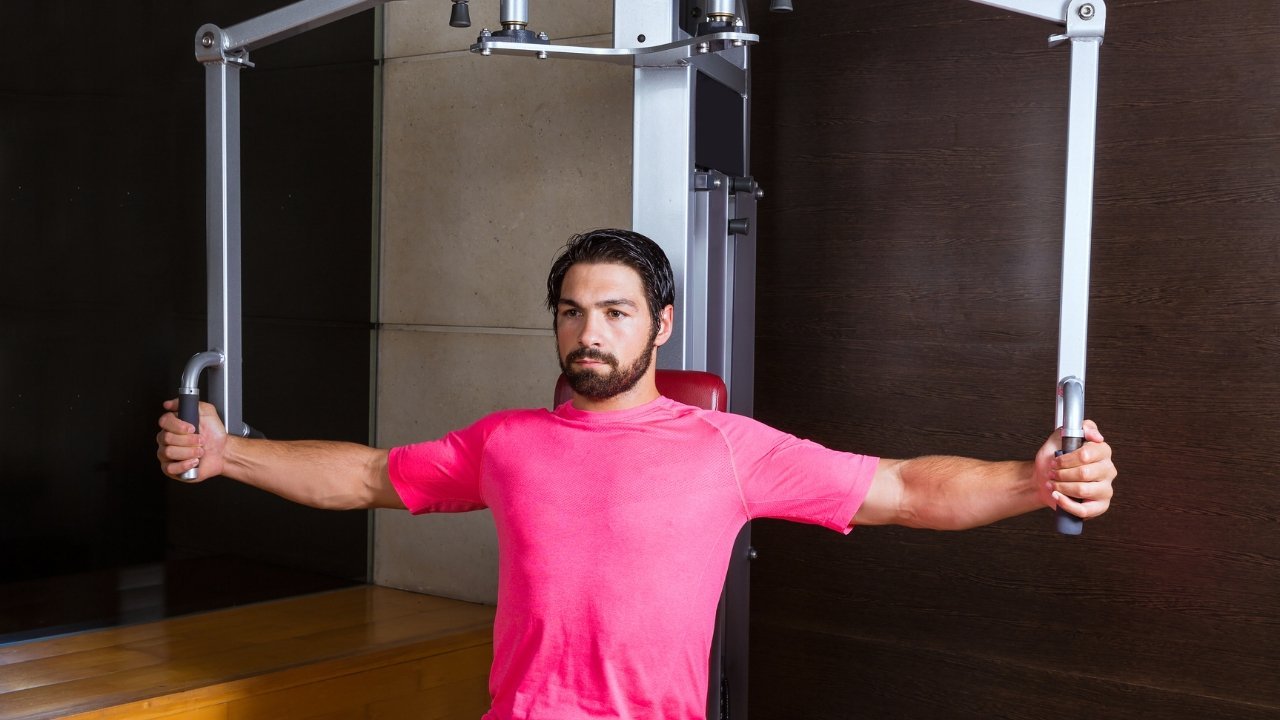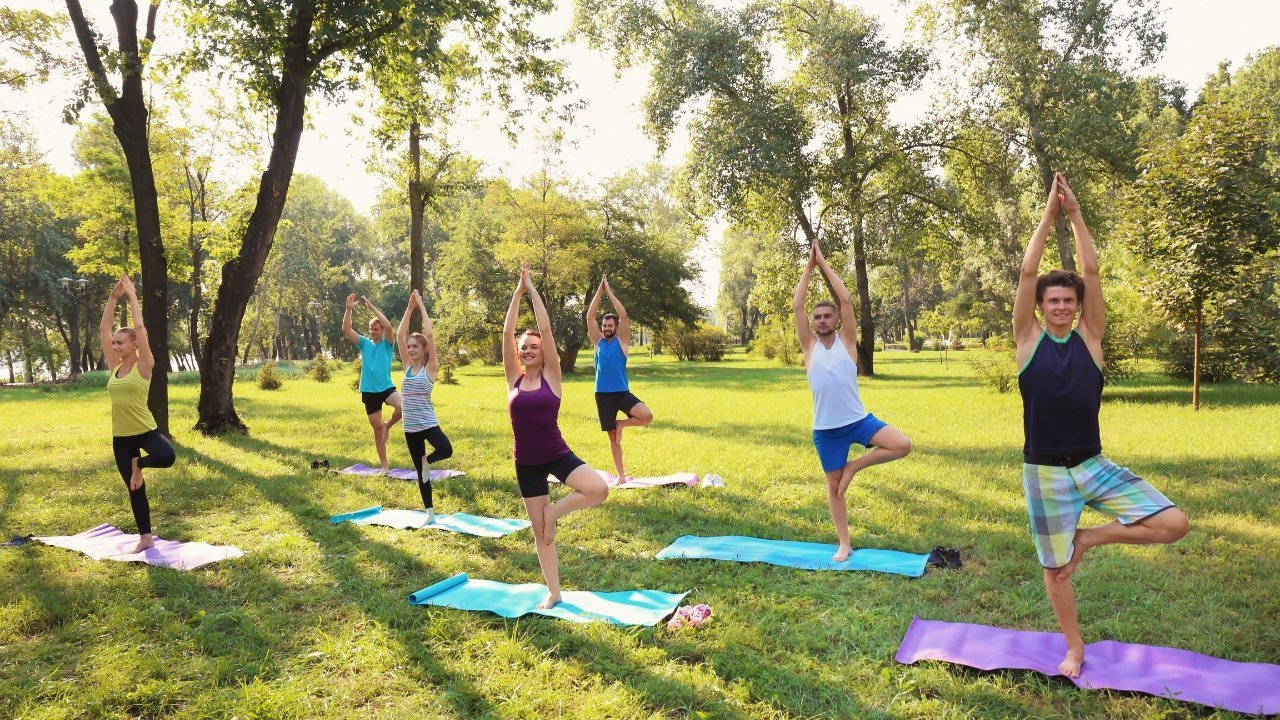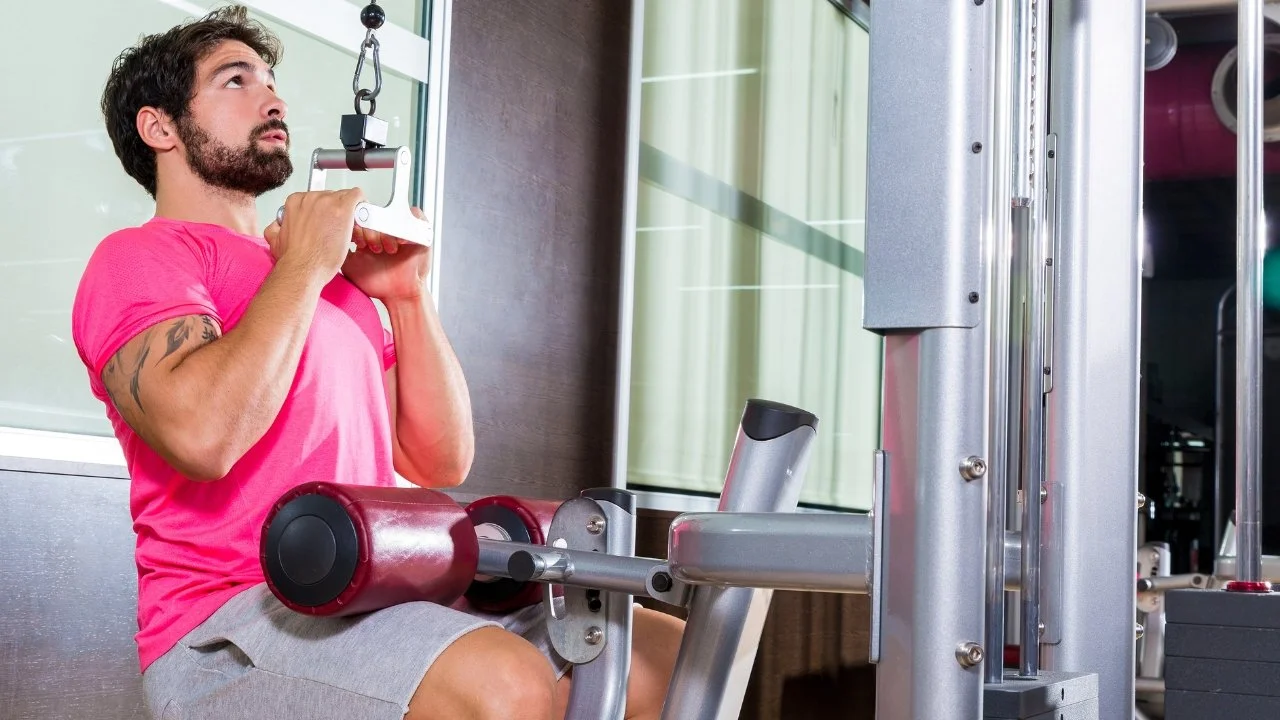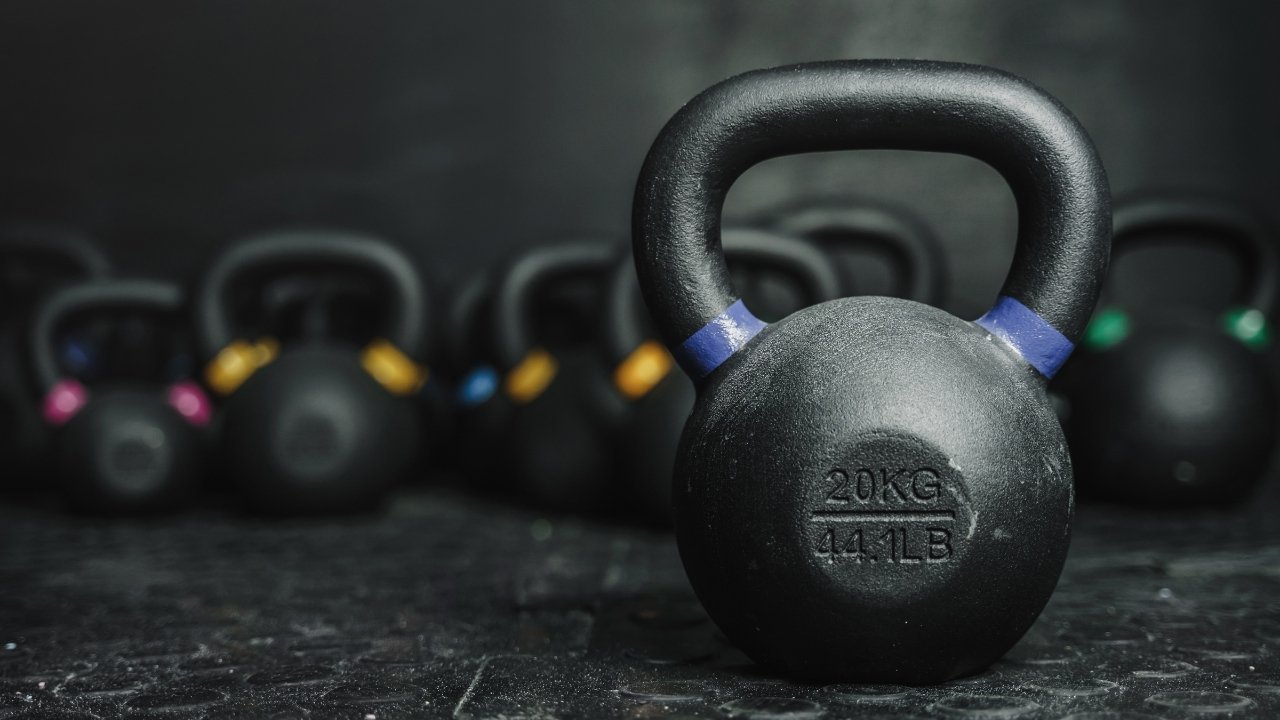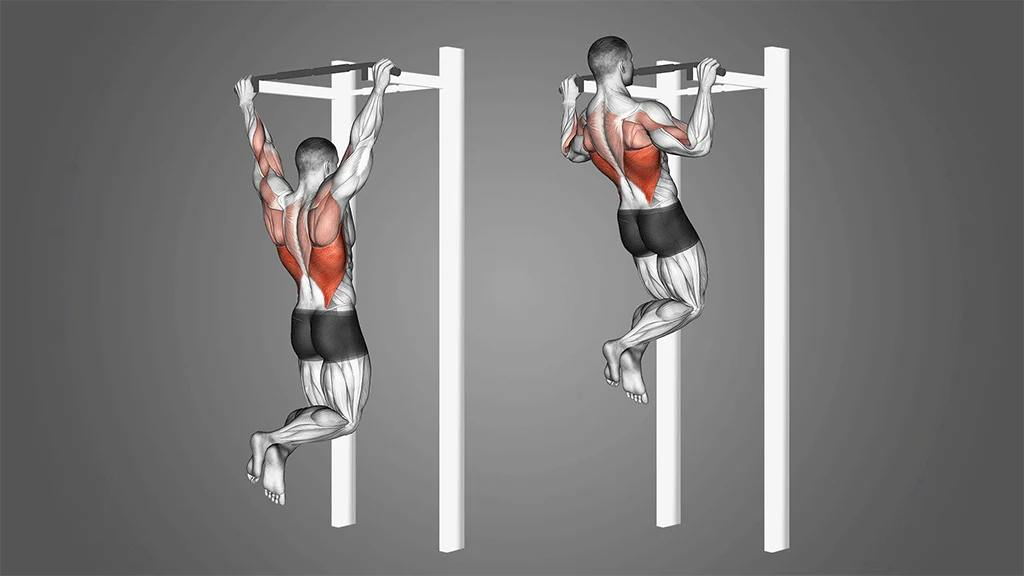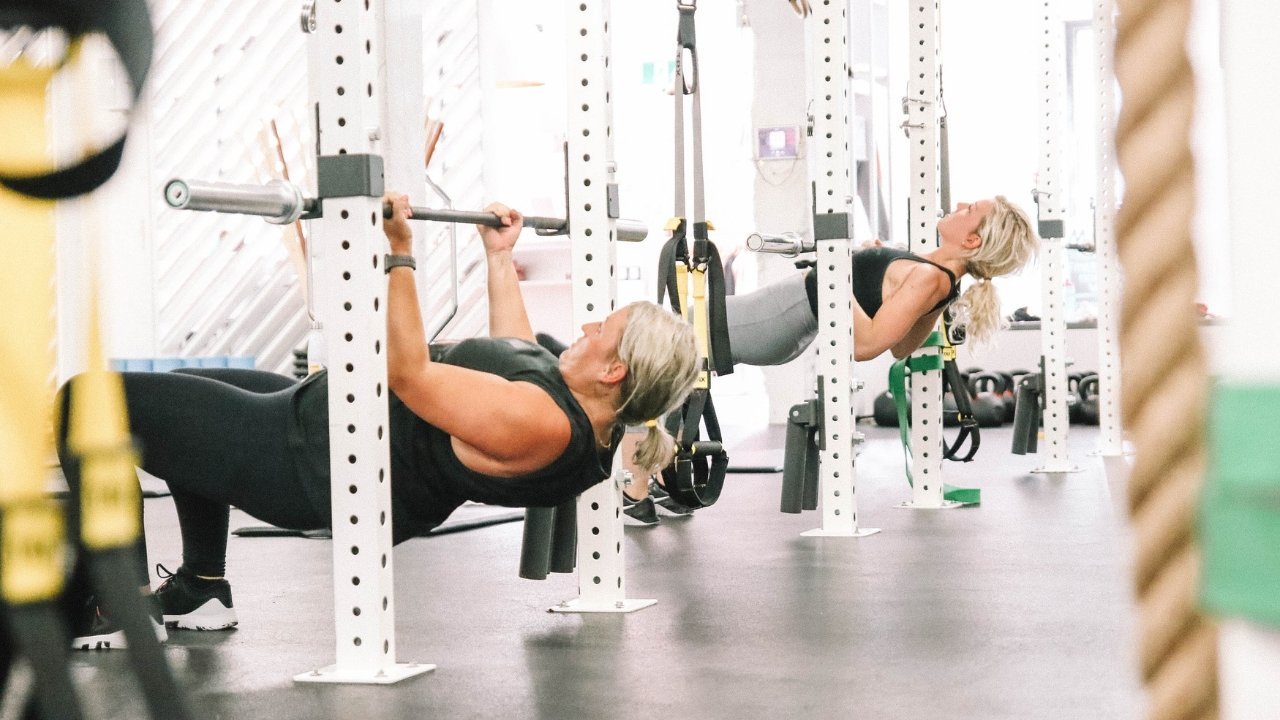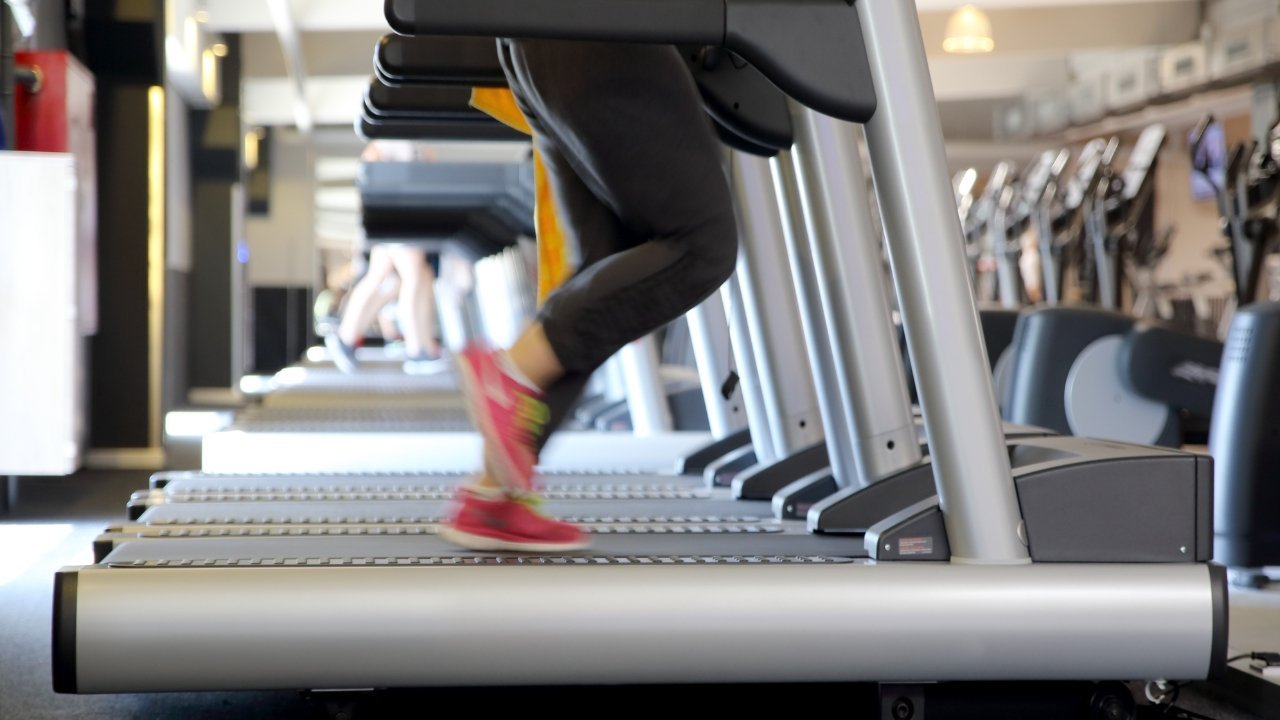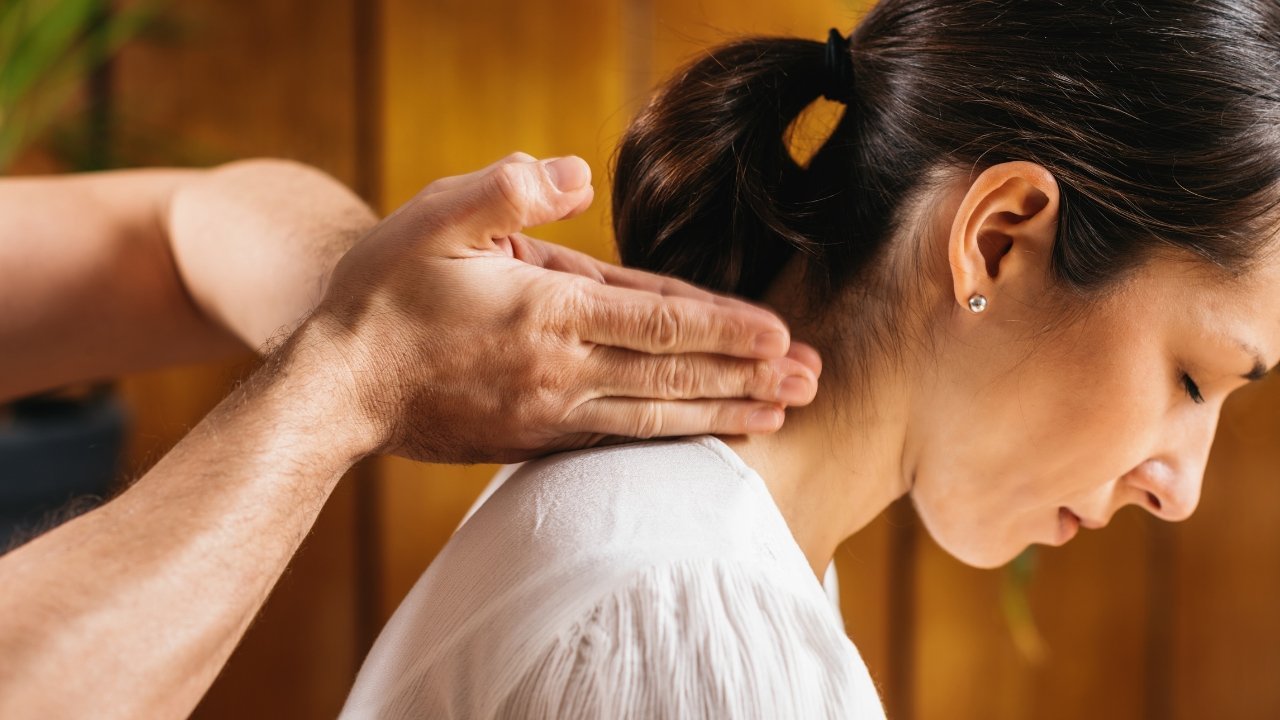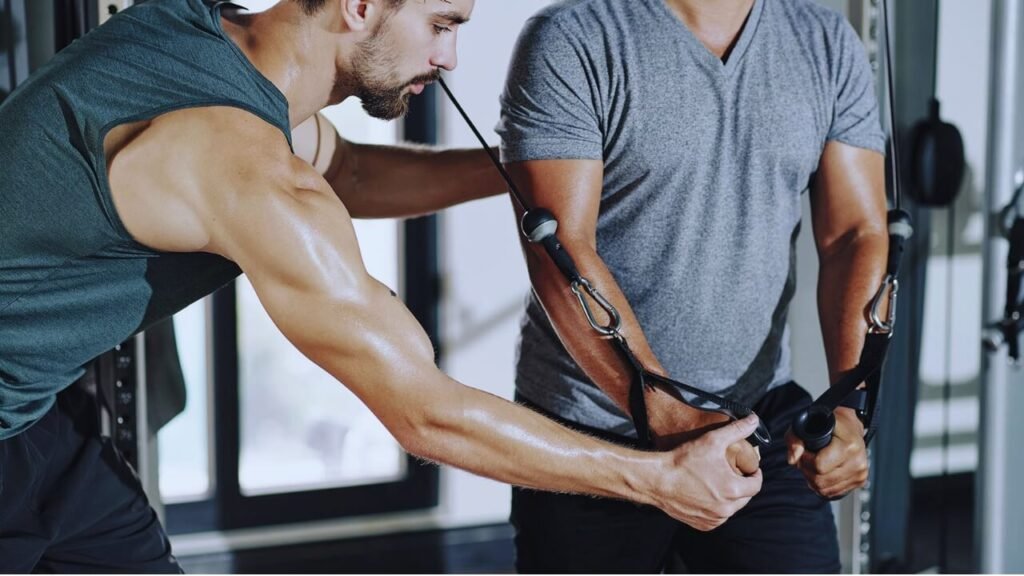Hip Stretches for Trochanteric Bursitis: Say Goodbye to Hip Pain Forever!

Waking up with a nagging ache on the side of your hip can feel like an unwelcome guest that just won’t leave. For many Americans, this discomfort points to trochanteric bursitis, a condition where the bursa near your hip joint gets inflamed, making walking, climbing stairs, or even lying down a challenge. Fortunately, hip stretches for trochanteric bursitis offer a simple, drug-free way to ease pain and restore movement. Whether you’re an active runner, an office worker, or someone tired of sleepless nights, these stretches can be your ticket to relief. Let’s dive into the world of hip health, explore why these stretches work, and share practical moves—backed by expert advice and Reddit insights—to help you feel like yourself again.
Understanding Trochanteric Bursiti
Trochanteric bursitis happens when the bursa, a small fluid-filled sac near the greater trochanter of your femur, becomes irritated or inflamed. This bursa cushions the hip joint, but repetitive motions, tight muscles, or injury can trigger swelling, leading to sharp or aching pain on the outer hip. For Americans, it’s a common issue, especially among those over 40, runners, or anyone spending long hours sitting. Symptoms often include tenderness, stiffness, or pain that worsens with activity or when lying on the affected side.
On Reddit’s r/physicaltherapy, one user shared, “My hip ache was brutal—couldn’t sleep on my left side for months till I learned it was bursitis.” This frustration is relatable for many, as the condition disrupts daily life. Consequently, understanding its causes—like tight hip flexors, weak glutes, or poor posture—sets the stage for effective relief through targeted stretches.
Why Stretching Helps
Stretching addresses the root issues of trochanteric bursitis by loosening tight muscles, improving blood flow, and reducing pressure on the inflamed bursa. Unlike painkillers, which mask symptoms, hip stretches for trochanteric bursitis promote long-term healing by enhancing flexibility and strengthening supporting muscles. For instance, tight iliotibial (IT) bands or hip adductors often contribute to bursitis, and gentle stretches can release this tension. Moreover, regular stretching boosts joint mobility, helping Americans stay active without relying on invasive treatments like corticosteroid injections.
Hip Stretches for Trochanteric Bursitis
One of the most effective stretches targets the piriformis muscle, which sits deep in the hip and can irritate the bursa when tight. To do this stretch, lie on your back with both knees bent. Cross the ankle of your affected leg over the opposite knee, forming a “figure 4.” Gently pull the supporting thigh toward your chest until you feel a stretch in your hip. Hold for 20-30 seconds, breathing deeply, and repeat three times.
This stretch is a favorite on Reddit’s r/stretching, where a user noted, “Figure 4 saved my hip—felt relief after just a week.” By releasing the piriformis, you reduce strain on the hip joint, making it easier to walk or sit without pain. However, avoid forcing the stretch, as overdoing it can worsen inflammation.
IT Band Stretch
The IT band, a thick strip of tissue running along your outer thigh, often tightens with bursitis, pulling on the bursa. To stretch it, stand upright and cross your affected leg behind the other. Lean toward the opposite side, pushing your hip outward until you feel a gentle pull along your outer thigh. Hold for 30 seconds, then switch sides. Repeat twice daily.
This move is simple but powerful. As one r/running user shared, “IT band stretches were a game-changer for my hip pain—kept me on the trails.” By lengthening the IT band, you ease pressure on the bursa, improving mobility for activities like jogging or climbing stairs. Consistency is key, so incorporate this into your morning routine.
Hip Flexor Stretch
Tight hip flexors, common from prolonged sitting, can exacerbate bursitis by altering hip mechanics. To stretch them, kneel on your affected leg with the other foot forward, forming a 90-degree angle. Gently push your hips forward while keeping your back straight until you feel a stretch in the front of your hip. Hold for 30 seconds, then switch sides. Do this twice per side.
Reddit’s r/flexibility loves this stretch, with one user saying, “Hip flexor stretches stopped my bursitis flare-ups—wish I’d started sooner.” For Americans glued to desks or couches, this stretch restores balance, reducing stress on the bursa. To deepen the stretch, raise the arm on the same side as your kneeling leg.
Maximizing the Benefits of Stretching
While hip stretches for trochanteric bursitis are vital, combining them with strengthening exercises amplifies results. Weak glutes, for example, force other muscles to overcompensate, aggravating the bursa. Simple moves like clamshells or side-lying leg raises build glute strength, stabilizing the hip joint. Start with 10 reps per side, gradually increasing as you feel stronger.
Physical therapist Dr. Sarah Johnson emphasizes this balance: “Stretching alone isn’t enough for bursitis—strengthening the glutes and core protects the hip long-term.” Her advice resonates with Reddit’s r/physicaltherapy, where users often pair stretches with strength work to prevent recurrence. For Americans, this combo means faster recovery and fewer flare-ups.
Lifestyle Adjustments for Lasting Relief
Stretching works best alongside lifestyle tweaks. For instance, avoid sleeping on the affected hip, as pressure can worsen inflammation—use a body pillow to stay comfortable. Additionally, swap high-impact activities like running for low-impact ones like swimming during flare-ups. Reddit’s r/ChronicPain suggests ice packs post-stretch to calm swelling, with one user noting, “Ice after stretching was my secret weapon for bursitis.”
Furthermore, ergonomic changes, like using a standing desk or cushioned chair, reduce hip strain for desk-bound Americans. By blending these habits with daily stretches, you create a holistic plan to manage bursitis without surgery or drugs.
Common Mistakes to Avoid
Overstretching and Poor Form
Enthusiasm for relief can lead to overstretching, which risks further irritating the bursa. Always ease into stretches, stopping if you feel sharp pain. Poor form, like arching your back during the hip flexor stretch, also reduces effectiveness. Focus on slow, controlled movements, and consider watching tutorial videos to perfect your technique.
A r/stretching user warned, “Pushed my hip stretch too far and regretted it—gentle is better.” This caution is crucial for Americans eager to heal quickly, as patience prevents setbacks. If you’re unsure, consult a physical therapist for personalized guidance.
Ignoring Underlying Issues
Stretching treats symptoms, but ignoring root causes—like gait problems or obesity—can prolong bursitis. For instance, worn-out shoes with poor support can stress the hip, so invest in quality footwear. Similarly, carrying extra weight increases joint pressure, making weight management a smart complement to stretching. Reddit’s r/loseit often discusses how shedding pounds eased joint pain, including bursitis.
By addressing these factors, you tackle bursitis from all angles, ensuring stretches deliver maximum impact. For Americans, this means a proactive approach to hip health.
When to Seek Professional Help
Most cases of trochanteric bursitis improve with consistent stretching and self-care, but severe or persistent pain warrants a doctor’s visit. If stretches don’t ease symptoms after a month, or if you notice swelling or warmth around the hip, it’s time to consult a specialist. Physical therapists can tailor a program, while doctors might suggest imaging to rule out other issues like fractures.
Reddit’s r/AskDocs stresses early intervention, with one user sharing, “Waited too long, and my bursitis needed a shot—don’t delay.” For Americans, timely care prevents complications, letting you return to pain-free living sooner.
Complementary Treatments
In stubborn cases, professionals may recommend therapies like ultrasound or corticosteroid injections alongside stretching. These aren’t replacements but enhancements to your routine. A physical therapist on r/physicaltherapy noted, “Stretches plus targeted exercises fixed my clients’ bursitis faster than injections alone.” By combining expert care with daily stretches, you optimize recovery.
Concluding Thoughts
Hip stretches for trochanteric bursitis are a lifeline for Americans battling hip pain, offering a natural path to relief without pills or scalpels. From the soothing piriformis stretch to the empowering IT band release, these moves restore flexibility, ease discomfort, and rebuild confidence in your body. Backed by Reddit’s real-world tips and expert wisdom, they’re a roadmap to reclaiming your active life—whether you’re hiking trails, chasing kids, or just enjoying restful sleep.So, roll out a yoga mat, start slow, and commit to daily stretching. Your hips will thank you, and with patience, you’ll move past bursitis to embrace all the adventures 2025 has in store. Here’s to pain-free days and the freedom to move your way!
Pain in Lower Back When Sneezing: Stop the Ache with These Proven Fixes














